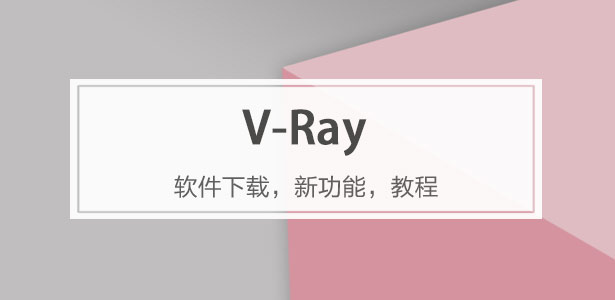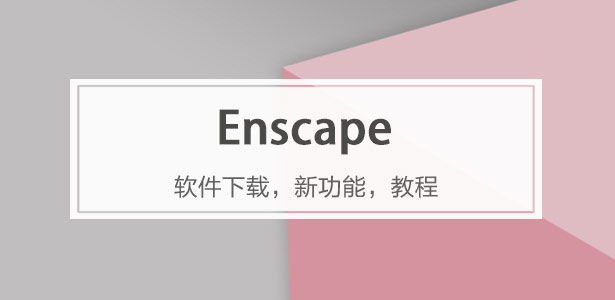* 主體類型
* 企業名稱
* 信用代碼
* 所在行業
* 企業規模
* 所在職位
* 姓名
* 所在行業
* 學歷
* 工作性質
請先選擇行業
您還可以選擇以下福利:
行業福利,領完即止!

下載app免費領取會員



坐落在智力農村的折疊建筑“Humo住宅”
monolithic 'humo house' rises in rural chile with folding architecture by iván bravo
由專筑網韓慧慧,小R編譯
建筑師Iván Bravo與其助理建筑師Martín Rojas和Juan Oyarzún合作設計了一個住宅項目,名為Humo住宅,該項目坐落在一片田園中,完美詮釋了建筑與自然和諧共生的理念。
該項目的設計靈感來源于Pablo Neruda《黃昏》中的詩句“沒什么能把我們聯系在一起/沒什么能把我們團結在一起”。該詩句讓該住宅的住戶深有感觸,他們夫妻盡管有穩定的工作,但是他們一直租住在智利圣地亞哥的公寓中,使得他們迫切地想擁有一個屬于自己的家園。該項目位于一個獨立地塊上,緊鄰Ranco湖,從設計到建成歷經10年。
Humo House, a newly completed architectural project by Iván Bravo in collaboration with associate architect Martín Rojas and Juan Oyarzún, is located in the rural landscape of Futrono, Chile. This unique residence has taken shape within this pastoral context to exemplify contemporary architecture with respect for its natural surroundings.
The project’s inspiration comes from the verses of Pablo Neruda’s Crepusculario: ‘That nothing binds us / that nothing unites us.’ These lines resonate deeply with the couple for whom the house was built. Despite having a stable relationship, they had always lived in separate but nearby apartments in Santiago, Chile. This arrangement contributed to their unhurried approach to building a shared home, a project that took ten years to realize on an isolated plot next to Lake Ranco.

images © Marcos Zegers
Humo住宅的設計師為Iván Bravo,該項目其中兩個立面為長方形,另外兩個面的屋頂被設計成對半折疊的形式。這種設計方式能夠創造出不同的立面效果,且可以通過外觀來反映出內部功能。主入口設計了大面積玻璃窗,可以看到Ranco湖的景觀,其它立面則被設計成向下傾斜的形式,使得建筑整體具有多樣性。
建筑內外使用的材料是粗糙的木板,進行拼接組合,最后形成一個聚合空間,且折疊屋頂的形式加強了這種空間感。設計師設計了一個寬敞的客廳,可直通臥室,使得居住者可以在公共和私密空間中來回切換,該設計整體功能分區合理。
Humo House is shaped by architect Iván Bravo as an exact cube aligned with the cardinal directions and pided into two diagonal halves. This design creates distinct facades that each serve different purposes. The main facades take advantage of their height to capture scenic views of Lake Ranco, while the others slope towards a low entrance, balancing grandness with intimacy.
The house’s exterior and interior are unified by the use of rough wooden slats, creating a cohesive spatial sequence. The pronounced roofs enhance this unity, leading from a spacious living room to the bedrooms. These rooms are symmetrically positioned at the end of a hallway, allowing the inhabitants to enjoy both independence and the feeling of jointly forming their residence.

▲ Iván Bravo設計了一個新項目,名為Humo住宅,位于智利Futrono
Humo House is a new architectural project by Iván Bravo, located in Futrono, Chile

▲ 項目設計靈感來源于Pablo Neruda的詩句,即學會在團結中獨立
the design was inspired by Pablo Neruda’s verses, emphasizing independence within unity

▲ 該住宅為一對夫妻建造,他們一直居住在圣地亞哥的公寓里
the couple for whom the house was built had always lived in separate apartments in Santiago

▲ Humo住宅的形體是在立方體的基礎上進行切割,即兩個面的對角進行切割,形成不同形式的立面效果
Humo House is an exact cube, diagonally sectioned on two faces to create distinct facades

▲ 建筑內外采用的材料為粗糙木板,并進行序列組合,形成一個聚合空間
rough wooden slats clad both the exterior and interior, creating a unified spatial sequence

▲ 主立面上設計了大面積玻璃窗,可以看到Ranco湖的景觀,其它立面則是向一個開口方向傾斜
the main facades capture views of Lake Ranco, while others slope towards a low entrance

▲ 建筑采用傾斜屋頂,內部設計一個寬敞的客廳,并直通兩邊的臥室,形成了公共空間和私密空間,使得內部空間既獨立又統一
pronounced roofs lead from a spacious living room to symmetrically positioned bedrooms, blending independence and unity
















項目信息:
項目名稱:Humo住宅
建筑師:Iván Bravo
位置:智利
助理建筑師:Martín Rojas
合作者:Juan Oyarzún
結構工程師:Pedro Bartolomé
承包商:Erik Torres
建成時間:2023年5月
攝影:Marcos Zegers, BARO
project info:
project title: Humo House
architecture: Iván Bravo | @comodoroo
location: Futrono, Chile
associate architect: Martín Rojas
collaborator: Juan Oyarzún
structural engineer: Pedro Bartolomé
contractor: Erik Torres
completion: May 2023
photography: © Marcos Zegers, BARO | @marcoszegers
本文版權歸腿腿教學網及原創作者所有,未經授權,謝絕轉載。

上一篇:政策新聞 | 蕪湖市青年英才購房補貼擬補貼名單公示(2023年6月第二年度)
下一篇:建筑賞析|“母體——TA們的共享客廳”:泰康美術館空間裝置
猜你喜歡

建筑賞析|十大世界建筑之最

BIM建筑|大灣區納米科創院廣納院展示中心 / HOT DESIGN熾造設計工作室

建筑賞析|2024十大摩天大樓

BIM建筑|日建設計+高力國際入圍方案:上海浦東金橋副中心東部片區城市設計

BIM建筑|競賽結果+一等獎方案發布|AUBE歐博設計,紅樹灣學校項目

BIM建筑|12項大獎得主公布!2024 MILESTONE地標大賞現場回顧
最新課程
推薦專題






































